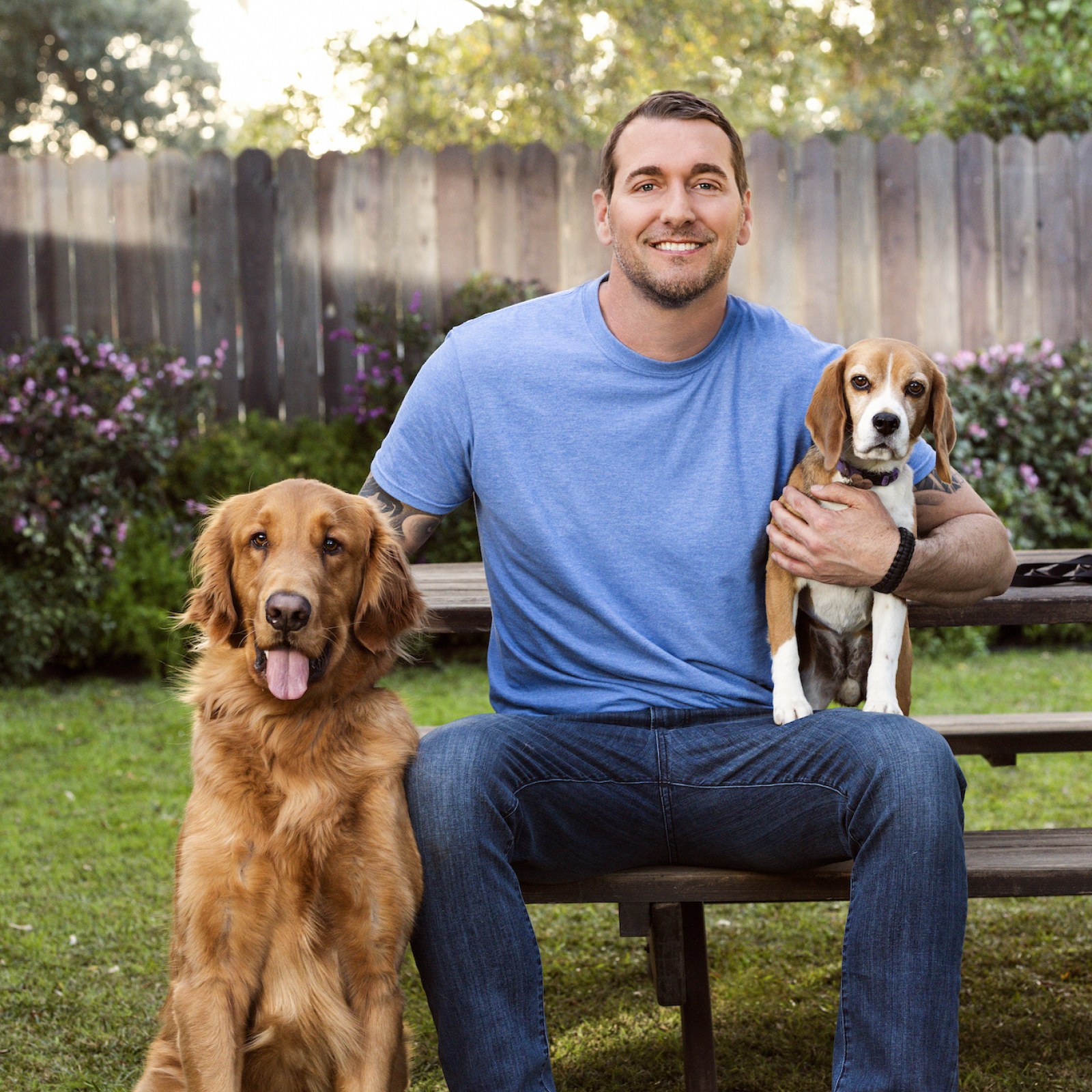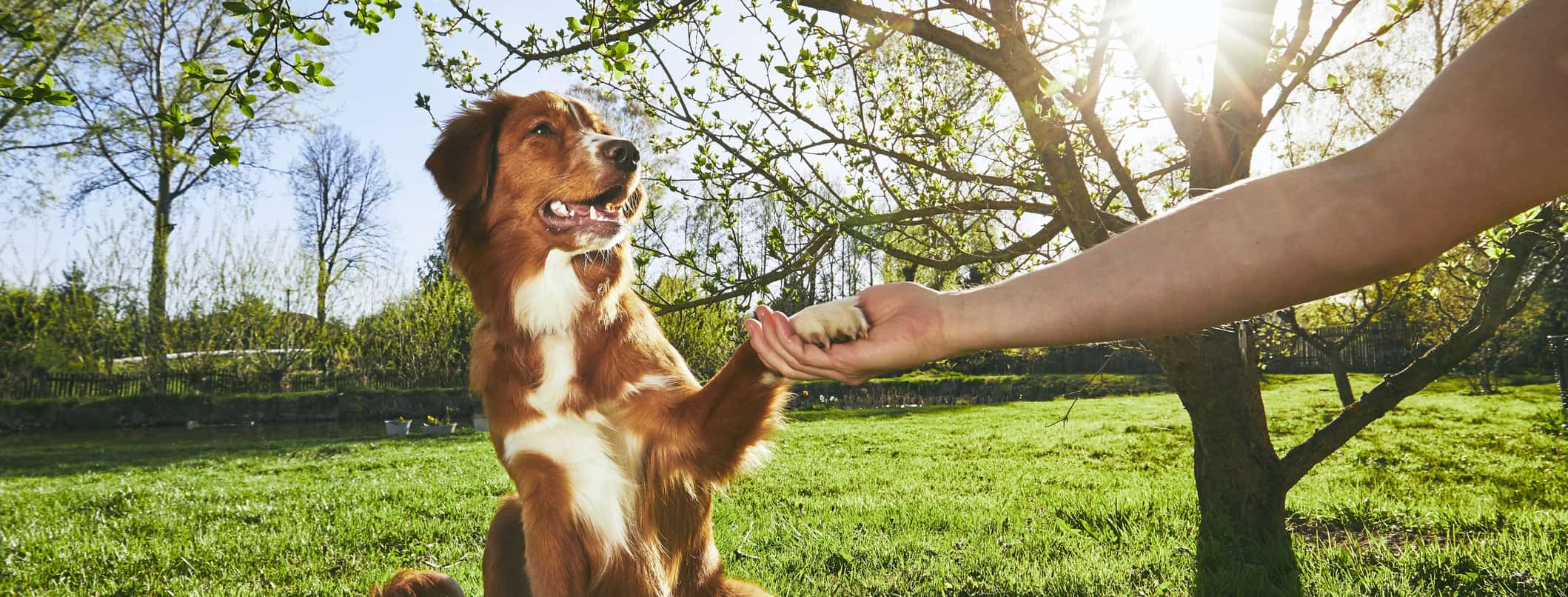Enjoyable Tasks to Improve Your Dog Training Experience
Enjoyable Tasks to Improve Your Dog Training Experience
Blog Article
Vital Tips for Effective Dog Training: A Guide for Pet Owners
Effective dog training is a complex procedure that needs a calculated approach customized to both the animal's personality and the proprietor's objectives. Recognizing exactly how to navigate these obstacles can substantially enhance the training experience, inevitably transforming the partnership between proprietor and canine.
Understanding Dog Actions
Comprehending canine actions is vital for reliable training and cultivating a harmonious partnership in between canines and their owners. dog training. Pets communicate primarily through body language, vocalizations, and activities, making it critical for owners to translate these signals properly.

Socialization plays a considerable function in pet habits; exposure to numerous settings, individuals, and other animals can considerably influence a canine's personality. Aspects such as type attributes and specific temperament ought to guide training methods, as some types may have specific behavior characteristics that demand tailored approaches. By comprehending these elements, owners can create a helpful atmosphere that urges positive habits, resulting in effective training results and a deeper bond with their family pets.
Establishing Constant Commands
Reliable interaction with your pet starts with establishing constant commands. This fundamental element of training is critical for fostering understanding in between you and your pet. Uniformity in the commands you make use of ensures that your dog can dependably link certain words or phrases with the desired habits.
When choosing commands, choose clear, unique words that are simple to say and differentiate from each other. Stay clear of making use of similar-sounding commands that may puzzle your pet. Utilizing "rest" and "remain" is proper, however "sit" and "hit" can lead to misconceptions.
Additionally, preserve the very same tone and volume for every command. Pet dogs are sensitive to vocal signs, so differing your tone can create confusion.
It is equally essential to ensure that all member of the family are on the very same page concerning the commands used. A united front in command use will avoid combined signals and reinforce the learning procedure.
Positive Reinforcement Methods
The power of favorable support in canine training exists in its capacity to urge preferred behaviors with rewards and appreciation. This method is based in the concept that habits adhered to by desirable end results are a lot more most likely to be repeated. By incorporating positive reinforcement right into your training regimen, you can successfully shape your canine's actions in a useful fashion.
To carry out positive support, it's necessary to recognize what inspires your dog, whether it be treats, toys, or verbal praise. When your pet dog does a preferred action, such as remaining on command, immediately compensate them with a treat or love. This organization in between the command and the favorable end result reinforces their understanding.
It's important to timing the rewards correctly; delivering the reinforcement within seconds of the wanted actions you can look here assists your dog make the connection (dog training). In addition, consistency is crucial-- ensure that all relative use the exact same commands and incentive systems to avoid complication

Gradually, you can minimize the regularity of treats as your pet dog finds out the actions, transitioning to praise or periodic rewards. This approach not only fosters a strong bond between you and your pet dog however likewise advertises a positive learning atmosphere, making educating an enjoyable experience for both.
Socialization and Interaction
Regularly revealing your dog to a variety of environments, people, and other animals is critical for their social development. Socializing should begin early, preferably throughout the essential home window of 3 to 14 weeks, when pups are most responsive to brand-new experiences. Older dogs can also profit from continuous socializing efforts.
Introduce your dog to different setups, such as parks, pet-friendly shops, and city locations. This exposure assists them adapt to various stimuli, minimizing stress and anxiety and anxiety feedbacks. Urge favorable communications with other pet dogs and people, ensuring that these encounters are controlled and secure to cultivate confidence.
Utilize organized playdates with genteel canines, as this can boost your pet dog's social abilities and teach them suitable actions. Obedience classes and training sessions also provide exceptional chances for socialization, permitting your canine to connect with others in a monitored environment.
Display published here your dog's body movement throughout interactions, as this will certainly assist you gauge their comfort degree. Slowly increase exposure to more tough situations while guaranteeing that each experience is positive. A well-socialized pet is much more most likely to show well balanced actions, making them a happiness to have in any type of setup.
Dealing With Typical Training Obstacles
Every dog proprietor will certainly encounter training difficulties eventually, despite their pet's age or socialization level. Recognizing usual issues such as stubbornness, diversions, and fearfulness can aid in developing effective approaches for renovation.

Distractions during training sessions can derail focus. To combat this, start training in a quiet atmosphere with very little stimulations. Slowly introduce diversions as the pet comes to be more efficient in commands. Short, regular training sessions are likewise efficient in preserving attention.
Terror can prevent a pet's understanding process. Gradual desensitization to the resource of anxiety, combined with positive reinforcement, can aid relieve stress and anxiety. Persistence is important; never ever require a dog right into a circumstance that triggers distress, as this may exacerbate the issue.
Inevitably, understanding and attending to these common obstacles with a structured strategy will foster a more productive training experience, strengthening the bond in between canine and proprietor while promoting efficient learning.
Verdict
In recap, successful pet dog training depends on an extensive understanding of canine actions, the establishment of consistent commands, and the application of favorable reinforcement methods. Socialization plays a crucial function try these out in establishing well-adjusted family pets, while attending to common training obstacles requires persistence and versatility. By implementing these necessary techniques, pet dog owners can promote a strong bond with their canines and promote preferable actions, ultimately causing an unified partnership between people and their canine friends.
Understanding pet dog actions is important for efficient training and fostering an unified connection in between canines and their owners.Socializing plays a substantial duty in dog habits; exposure to various atmospheres, individuals, and various other pets can significantly impact a pet's temperament.The power of positive reinforcement in pet dog training exists in its capacity to urge preferred actions through benefits and appreciation. By including favorable support into your training regimen, you can successfully form your canine's actions in a positive fashion.
In recap, effective pet dog training depends on a thorough understanding of canine actions, the facility of regular commands, and the application of positive support strategies.
Report this page